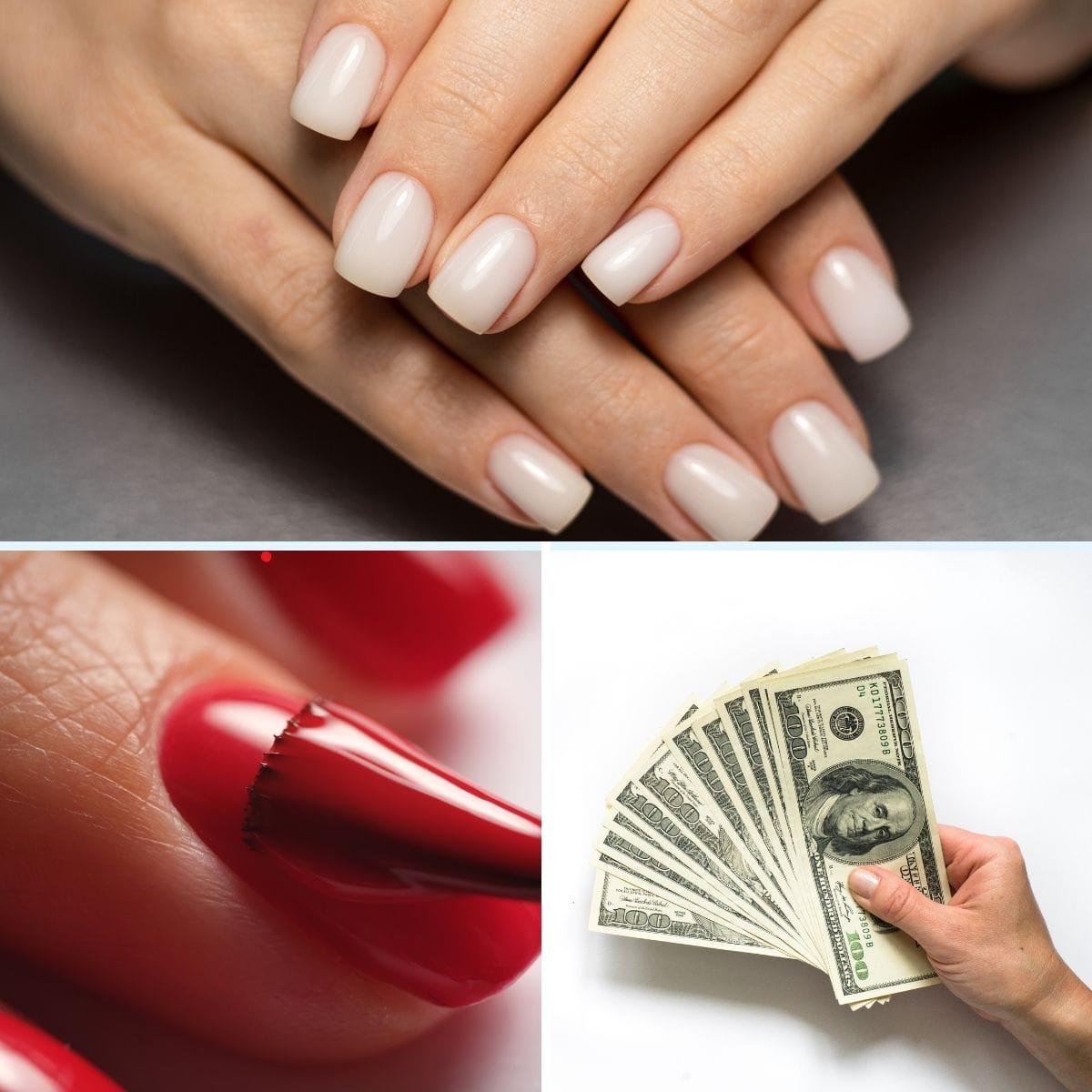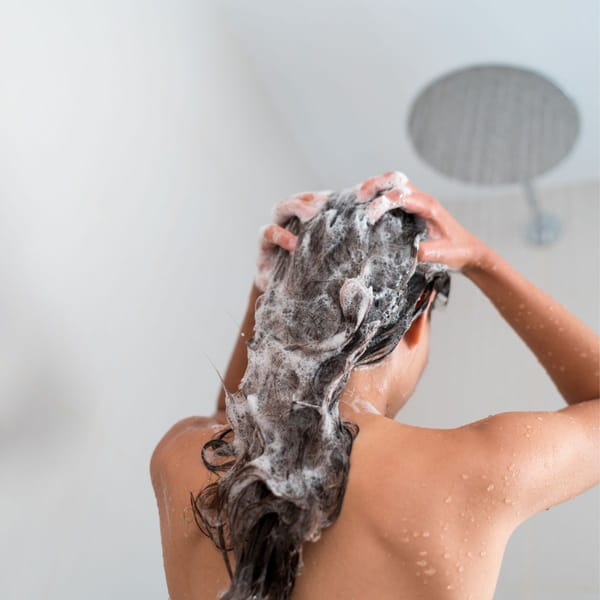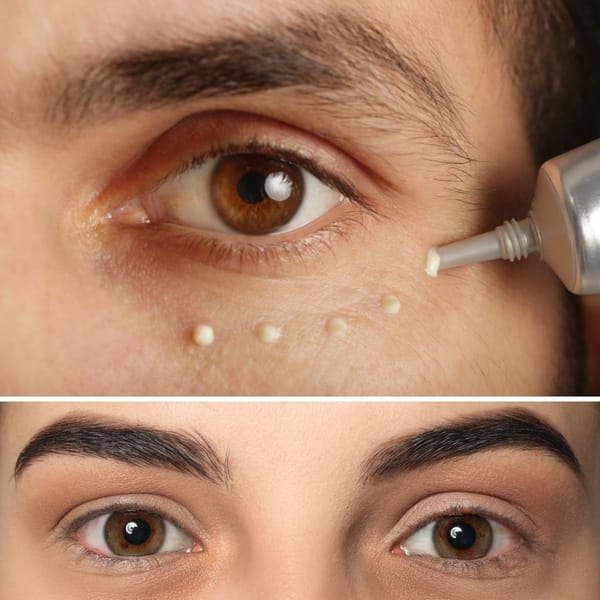Key Takeaways:
- Gel polish offers a longer-lasting manicure with a shiny finish that is resistant to chipping.
- The removal process of gel polish is more time-consuming and requires special care to avoid damage to the natural nails.
- Considering the cost versus benefits, gel polish can be a worthwhile investment for those who prioritize durability and appearance for special occasions or extended wear.
Gel manicures have become a staple in many beauty routines. With the promise of a long-lasting, chip-resistant finish, it's no wonder that gel polish is often seen as a superior alternative to regular nail polish. But with the higher price tag that comes with gel manicures, many are left wondering: is gel polish worth the extra money?
The Durability of Gel Polish
When it comes to longevity, gel polish is a clear winner. A typical gel manicure starts with a base coat, followed by the color, and then a top coat, each layer cured under UV lights. This curing process ensures that the polish is set and durable, often lasting up to two weeks without chipping. In contrast, regular manicures can start to show wear within a few days. For those who lead busy lives or have jobs that are tough on their hands, the extra cost of a gel mani can mean less frequent salon visits and more time enjoying flawless nails.
The Aesthetic Appeal
There's no denying the glossy, freshly-applied look of gel nails. The gel base coat and top coat work together to create a shiny, smooth surface that is hard to replicate with air-drying regular polish. For nail art enthusiasts, gel polish provides a perfect canvas for intricate designs that stay vibrant for weeks. If you're someone who values the appearance of your nails and sees manicures as an essential part of self-care, the investment in gel polish might be justified for the confidence and joy it brings to your daily life.
Health and Safety Considerations
While gel manicures offer aesthetic and durability benefits, it's important to consider the health implications. The UV light used to cure gel polish has raised concerns about skin cancer risk due to sun exposure. To mitigate this, applying sunscreen to your hands before a gel manicure or using LED lights, which emit lower levels of UV radiation, can be helpful. Additionally, the removal process of gel polish, which often involves soaking the nails in acetone and sometimes scraping, can lead to weakened nail beds if not done correctly. It's crucial to have gel polish removed by a professional or to follow a careful removal process at home to avoid damage.
Gel Manicure vs. Regular Manicure: What's the Difference?
When debating whether is gel polish worth the extra money, it's essential to understand the differences between a gel manicure and a regular manicure. A gel manicure starts with a gel base coat applied to the natural nails, followed by the color and a top coat. Each layer is cured under UV lights, creating a bond that is more durable than regular nail polish. This process ensures that gel nails don't chip as easily and can last up to two weeks without losing their shine or integrity.
In contrast, a regular manicure involves applying classic nail polish to the nail beds after a base coat, then simply allowing it to air dry. While this method is less time-consuming, it doesn't offer the same longevity or resilience. Regular manicures may start chipping within a few days, and the polish can lose its luster quickly. For those who frequently use their hands or are looking for a longer-lasting option, a gel manicure might justify the additional cost for its extended wear and reduced maintenance.
The Removal Process: Gel vs. Regular Polish
The removal process of gel polish involves more than that of regular polish. To remove gel polish, one typically needs to soak the nails in acetone-soaked cotton balls, often wrapped in foil to keep them in place. This soaking process can take up to 15 minutes and requires gentle scraping with a cuticle pusher or similar tool. It's crucial to have the gel polish removed correctly to avoid damage to the nail bed and cuticles. A professional manicurist should ideally perform this to ensure the health of your nails.
On the other hand, regular nail polish can be removed quickly and easily with a polish remover and a cotton ball. There's no need for soaking or scraping, making it a more straightforward and less time-consuming process. However, frequent use of harsh polish removers can be drying and may damage the natural nail over time. Those who change their nail color often may prefer the simplicity of a regular manicure, while those looking for longevity and a more durable finish might lean towards a gel mani despite the more complex removal process.
The Cost-Benefit Analysis
The cost of a gel manicure can vary depending on the salon, the location, and the level of detail in the nail art. Generally, gel manicures are more expensive than regular ones due to the products used and the time spent curing each coat. However, when you consider the longevity and the reduced need for touch-ups, the cost per day might end up being similar to that of regular manicures. For those who find themselves at the salon every week to repair chipped polish, switching to gel could actually be cost-effective in the long run.
The Time Factor
Time is a valuable commodity, and for many, the time saved by not having to frequently repaint nails is a significant advantage of gel polish. The application process is indeed more time-consuming than a regular manicure, but the extended wear means fewer trips to the salon. This can be particularly appealing for those with hectic schedules or for freelance writers and other professionals who need to maximize their productive hours.
Special Occasions and Lifestyle
Gel polish might be an excellent choice for special occasions when you want your nails to look their best without the risk of chipping. Weddings, vacations, and important business meetings are all events where gel nails can provide peace of mind. Additionally, if you're someone who enjoys outdoor activities or hands-on hobbies, the extra durability of gel polish can help your manicure withstand the rigors of your lifestyle.
The Self-Care Aspect
For some, the decision to opt for gel polish is less about practicality and more about the experience. A gel manicure can be a form of self-care, providing a moment of relaxation and pampering. The process of having your cuticles cared for, your skin moisturized with cuticle oil, and your nails shaped and polished can be a therapeutic break from the stresses of daily life.
Summary
Gel polish offers a durable, long-lasting manicure that can withstand the demands of daily life without the frequent chipping associated with regular nail polish. While the cost and time commitment are higher, the benefits of extended wear, aesthetic appeal, and reduced salon visits can make gel polish a worthwhile investment for many. However, it's important to consider the potential health implications and ensure that the removal process is done carefully to avoid damaging the natural nails.
FAQ Section
Q: How long does a gel manicure typically last? A: A gel manicure can last up to two weeks without chipping, depending on how it's applied and how well it's taken care of.
Q: Is the UV light used in gel manicures safe? A: UV lights used in gel manicures have raised concerns about skin cancer risk. To reduce exposure, you can apply sunscreen to your hands before the manicure or opt for LED lights, which emit lower levels of UV radiation.
Q: Can gel polish damage my natural nails? A: If gel polish is not removed correctly, it can lead to weakened nail beds and damage to the natural nails. It's important to have gel polish removed professionally or to follow a careful at-home removal process using an acetone-soaked cotton ball and avoiding excessive scraping or soaking.







